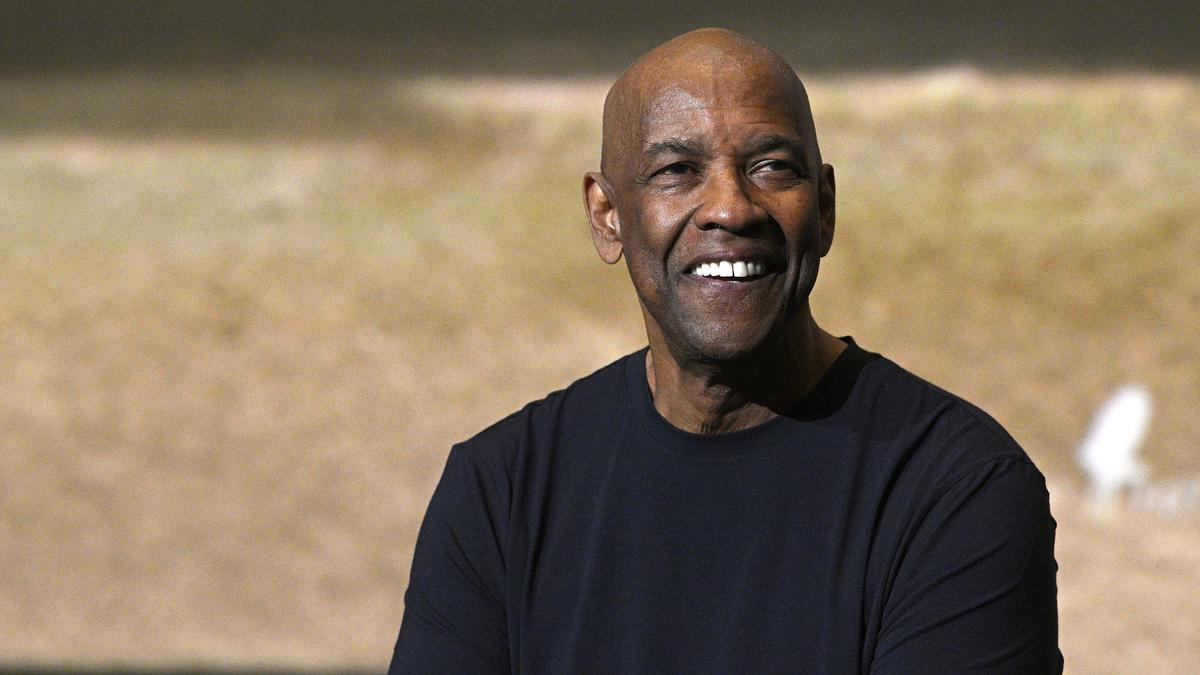
As the sun set on the second day of the enthralling Test match at Dharamsala, India’s cricket team had etched their supremacy over their English counterparts, exhibiting a masterclass in batting. The day saw two Indian players – Shubman Gill and captain Rohit Sharma – punishing the English bowling attack with centuries. The duo put on an impressive partnership of 175 runs for the second wicket, seemingly demolishing any hopes for England to claw back into the fray.
India’s batting prowess was on full display from the outset, as both Gill and Sharma exhibited a range of strokes and demonstrated impeccable timing, much to the dismay of the visiting team’s bowlers who struggled to find any rhythm. The first session of play could only be described as a testament to the host team’s command over the game, as century knocks from the Indian batsmen left the English side searching for answers.
As proceedings got underway after lunch, fortune momentarily favored the English side. In a twist that brought a glimmer of hope, Ben Stokes, returning to international cricket as a bowler, managed to shatter Sharma’s stumps with the very first ball of the session. The Indian skipper departed for a well-made 103, leaving the English coach, Brendon McCullum, visibly impressed by the unexpected breakthrough.
Not long after, England’s veteran paceman, James Anderson, joined the party by dismissing Gill for a commendable 110. The pair of wickets brought a new momentum and a belief for England, sparking thoughts of an unlikely comeback in the match.
Nevertheless, India’s depth in batting proved too sturdy to penetrate as Sarfaraz Khan and rookie Devdutt Padikkal took up the mantle. Their resilience at the crease was evident, as the two added 97 hard-fought runs for the fourth wicket, which effectively sealed the door on England’s aspirations. Sarfaraz gathered his runs cautiously before launching an attack on England’s bowlers, Mark Wood particularly felt the brunt of his aggression. Sarfaraz’s stay at the crease ended soon after the tea interval, succumbing to Shoaib Bashir’s delivery and falling for 56.
Padikkal, on the other hand, continued to fortify the Indian innings with a determined fifty before Bashir claimed his wicket as well. England’s spinner, Tom Hartley, managed to take out both Ravindra Jadeja and Ravichandran Ashwin in quick succession, kindling a late resurgence for the visitors.
In the end, however, the indomitable spirit of India shone through as Kuldeep Yadav and Jasprit Bumrah put together a late 45-run partnership for the ninth wicket. Their unbroken stand enabled India to end the day on a high note, with both batsmen set to resume their resistance on day three.
The narrative of day two at Dharamsala was a showcase of the Indian team’s batting might and the ability to absorb pressure from an experienced English bowling lineup. With a commanding position established, the hosts will look to press on and set a monumental challenge for England in the coming days. Meanwhile, England will require a display of sheer determination and skill if they hope to salvage the Test and turn the tide in their favor. As the match unfolds, the battling prowess of both teams will be tested, but for now, India holds the decisive edge.










